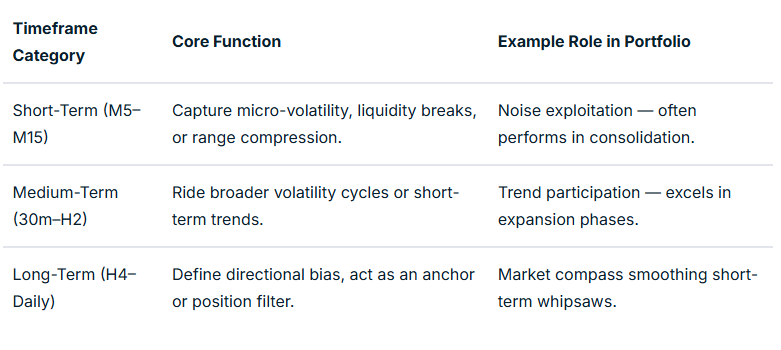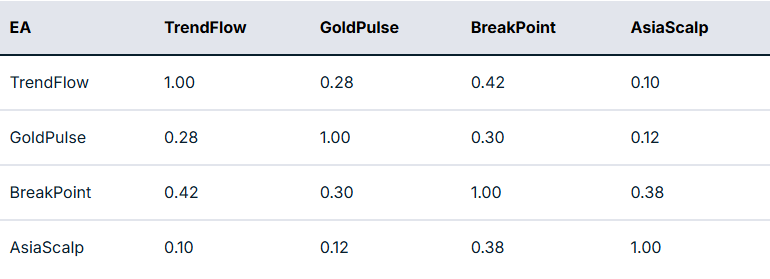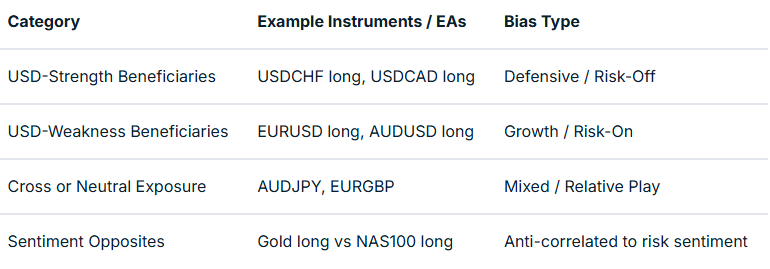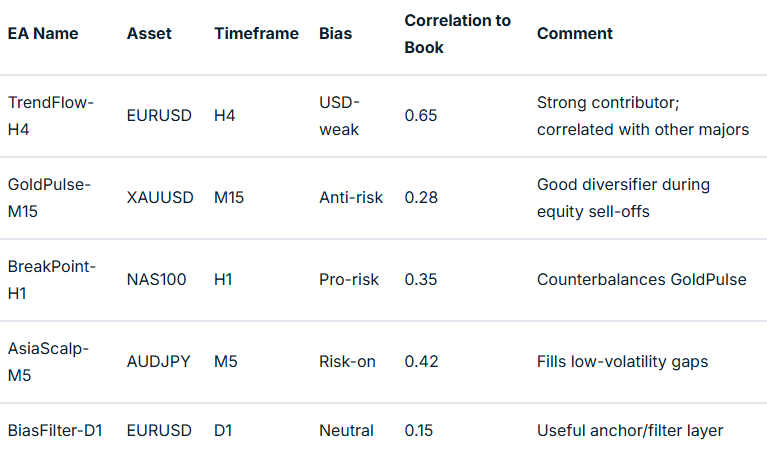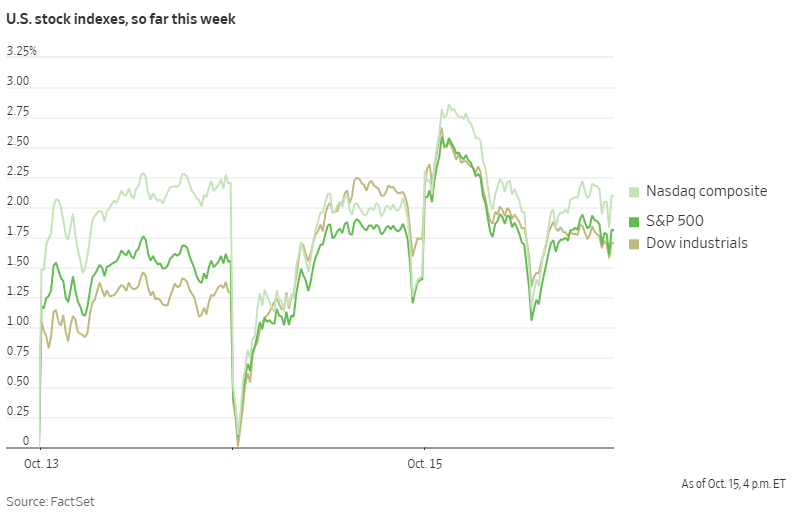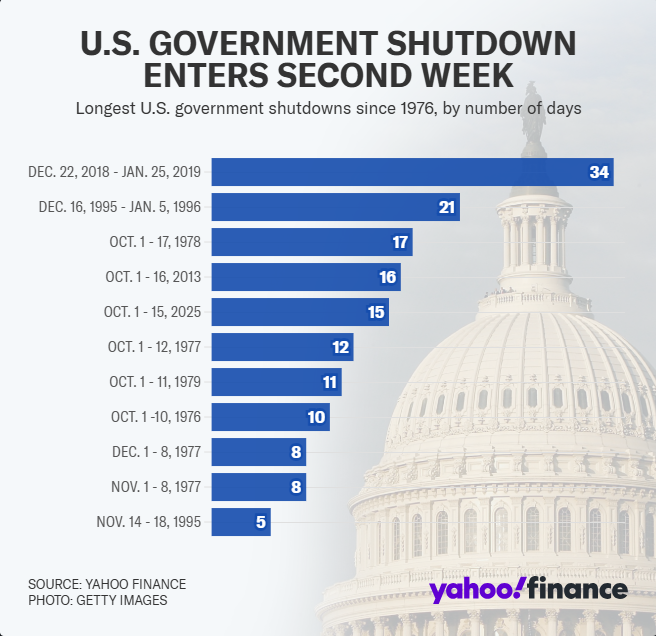Despite all of the enthusiasm, energy, and airplay entries receive, it is your exit that determines if your trade is considered successful or not.Yet most traders, even those with experience, continue to obsess over how to get into a trade, often treating the exit as an afterthought in comparison. They can recite their setup criteria at the drop of a hat, providing great step-by-step (and often complex) details. But when asked, “How do you decide when to get out?” that clarity and thoroughness are noticeably absent or vague. No matter what type of trader you are, it is your exit strategy that shapes your risk-reward, determines your win rate, and ultimately defines your trading edge.
Why Most Traders Struggle With Exits
Exiting trades effectively is more difficult than entering.Not only are you trying to read what is currently happening, but there is a level of prediction needed to decide what may happen next.Let’s start with the three most common exit challenges that traders face:
1. Emotional Exits
Many traders close positions prematurely. Not because their setup failed or their exit plan is unclear, but simply because they feel increasingly uncomfortable. This usually stems from fear of giving back existing profit or getting sucked in emotionally to every price move and market noise.This inconsistency in action makes it difficult to determine if your trading strategy is effective. You constantly adjust actions that deviate from your planned strategy, rather than having evidence of performance and how to refine it.
2. Fixed Exits That Don’t Fit the Market
Some traders apply the same x pips/points risk-reward target for every trade, regardless of volatility, current market structure, instrument pricing, direction, or timeframe. While mechanical consistency has its place, ignoring market context can lead to premature exits in trending conditions, overstretched targets in low-volatility environments, and stops too tight to withstand normal price noise.Your exit approaches need to be dynamic to reflect market behaviour. A 20-pip exit might be fine for a 30-minute chart, but it is completely inappropriate for a 4-hourly trade. Consider using variables that adjust with the underlying asset, timeframe, and volatility. E.g., an ATR multiple rather than set points or pips.
3. Poor Exit Plan on Entry
The number one cardinal sin is to have an absent or poorly defined exit plan. When your exits are not effectively pre-planned, decisions are always reactive. As you watch the screen, waiting to "see what happens," you are more likely to:
- Hesitate when you should not
- Regret when you see what you should have done and did not
- Miss regular opportunities for profit
- Sustain larger losses than you should have
You can have the most amazing entry approaches in the world, but if you haven’t made the strategic decision on when and how to exit, your trading outcomes will fall short of expectations.
Reframing Your Exit
To improve your exits, you need to treat them as a strategic component of your system, not a secondary detail. A good exit plan is always:
- Intentional – You know why you’re exiting, consistent with your overall trading objective and financial situation
- Structured – You know how you’re going to exit before you place the trade.
- Adaptive – Your criteria and approaches can adjust to the type of trade or market conditions.
- Consistent – You execute your exit criteria with discipline and consistency, not emotionally driven impulse.
Types of Exit Strategies
Profit Target and Stop-Loss Structure
Even if you are using price action (or another exit approach) for stop loss placement, you should still consider a “safety net” stop to manage a possible catastrophic candle or gap.Ideally, these should be based on something that responds to instrument and timeframe idiosyncrasies.
Signal-Based Exits
This falls into the profit risk category. With signal-based exits, we are looking for a situation where a technical reversal happened before a trail stop being triggered.An example of this could be that you see a technical double top forming as a reversal signal on a long trade (or double bottom on a short trade).
Partial Closes
Although this is not a full exit approach, it is good for the management of profit risk. There are two scenarios where this may be considered:
- The price has moved a predetermined level towards your ultimate profit.
- As an alternative to full exit — it can limit risk while retaining some interest in the trade and locking in profit before a predictable market-moving event.
Moving Forward with Exits
Exit strategy is a process of evaluating where you are now and then putting in the work to fill in any gaps.Here’s a simple six-point audit checklist tool you can use to review your trade exits:QuestionYesNoWas my exit plan defined before I entered the trade?☐☐Did I follow my exit logic without emotional interference?☐☐Was the exit based on price structure, volatility, or a technical signal?☐☐Did my exit strategy align with the type of trade?☐☐Was I satisfied with the efficiency of the exit (profit vs. potential)?☐☐Would I exit the same way again if the trade repeated?☐☐
Final Thoughts
You have equal control of exits as you have over entries. It is your responsibility to exercise that control if you are serious about moving forward with your trading.Professional traders define where to get out before they get in. They accept that some trades will reverse, others will trail out, but the aim should be long-term consistency in action.The exit is the point at which you either receive your market “pay-check” or effectively manage capital risk so you are ready for the next opportunity. It is worth the equal effort and commitment that you give to your trade entries.





